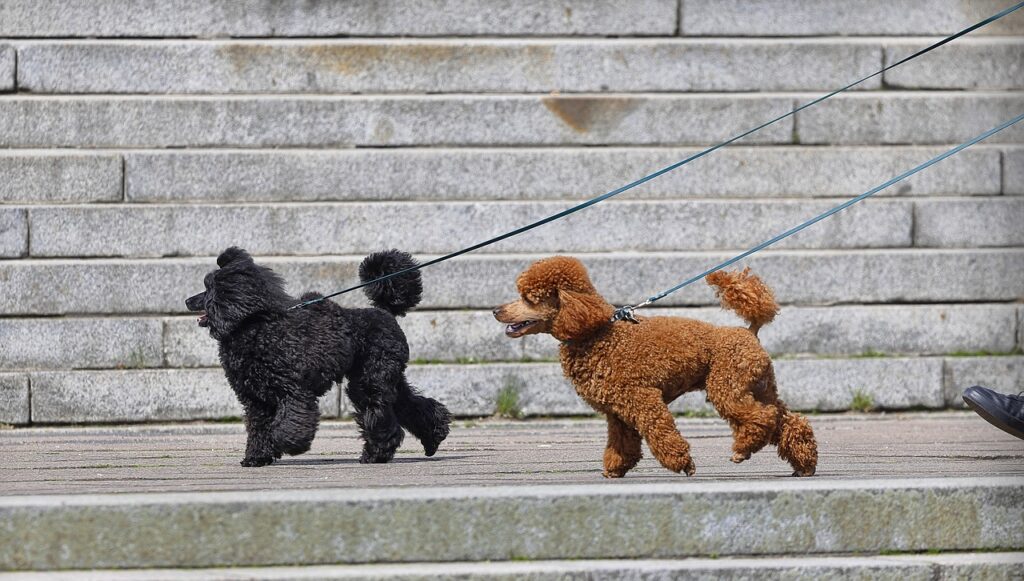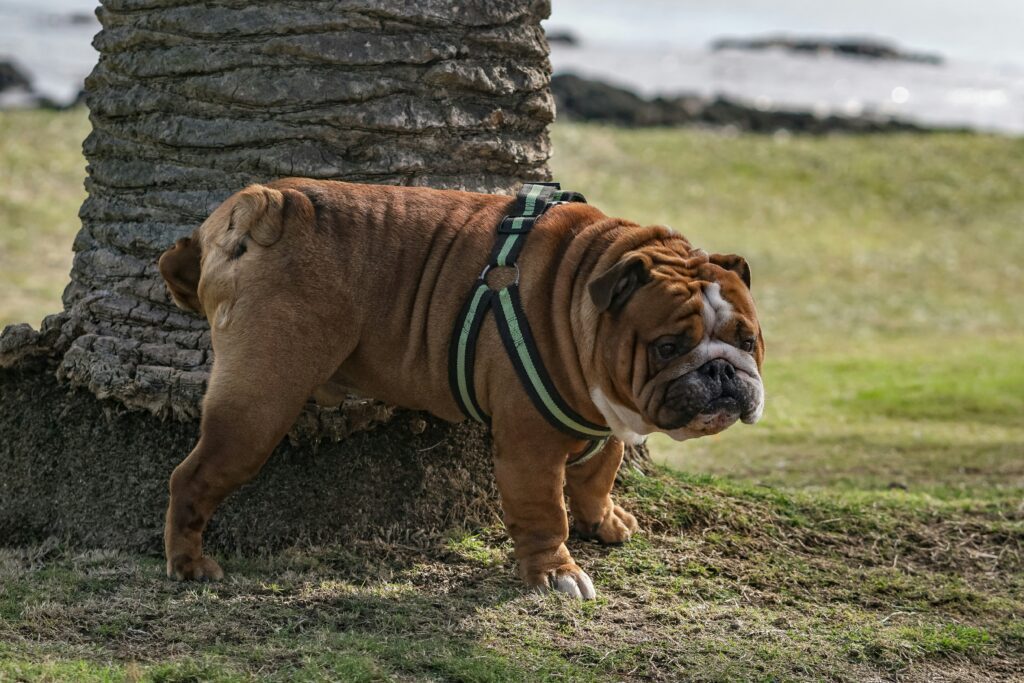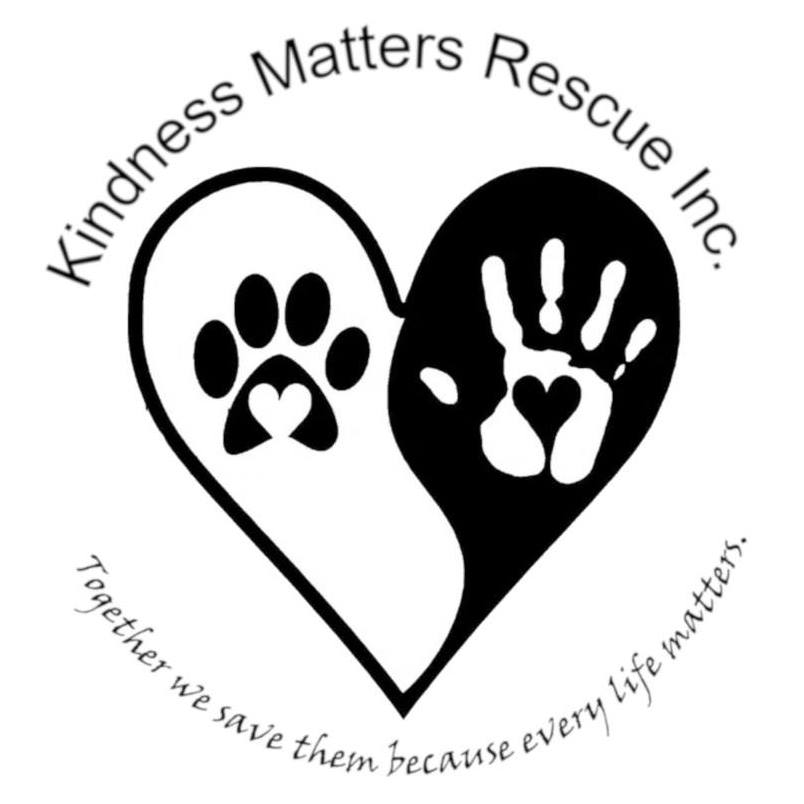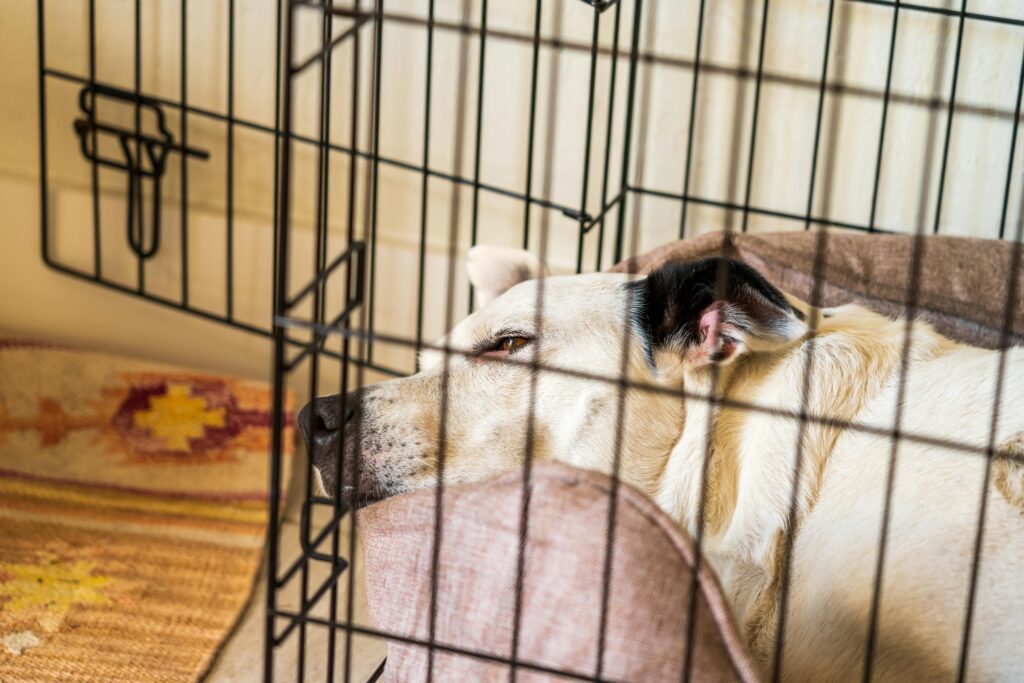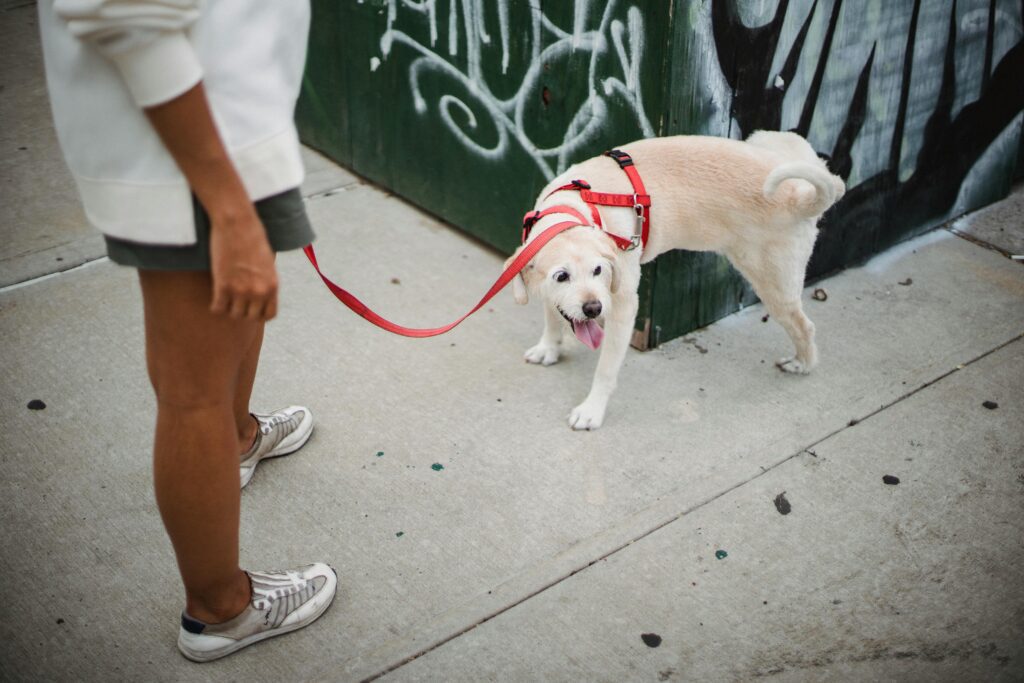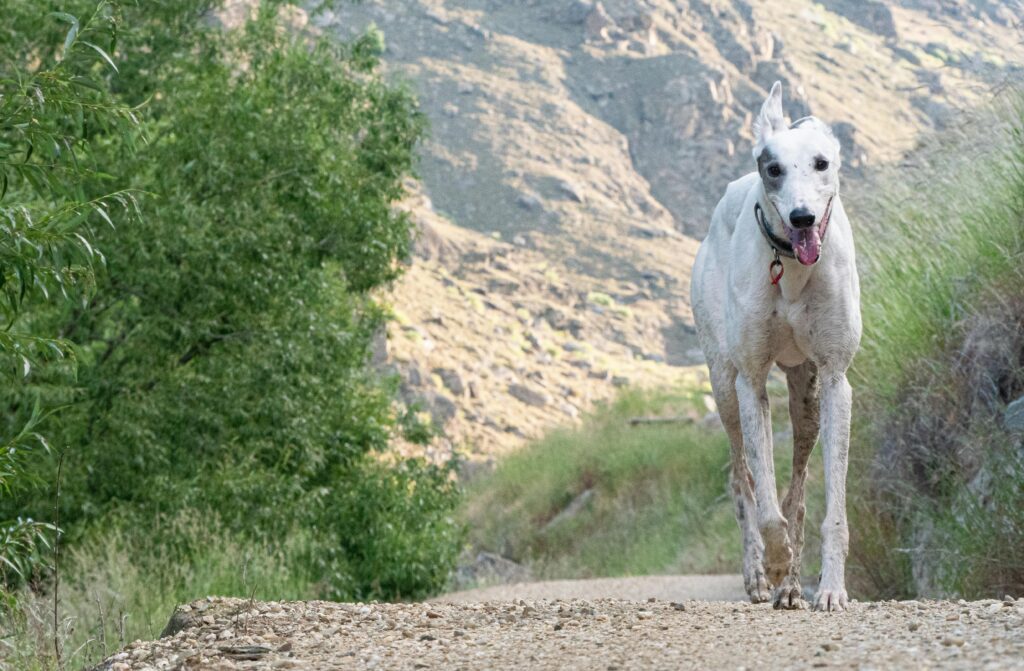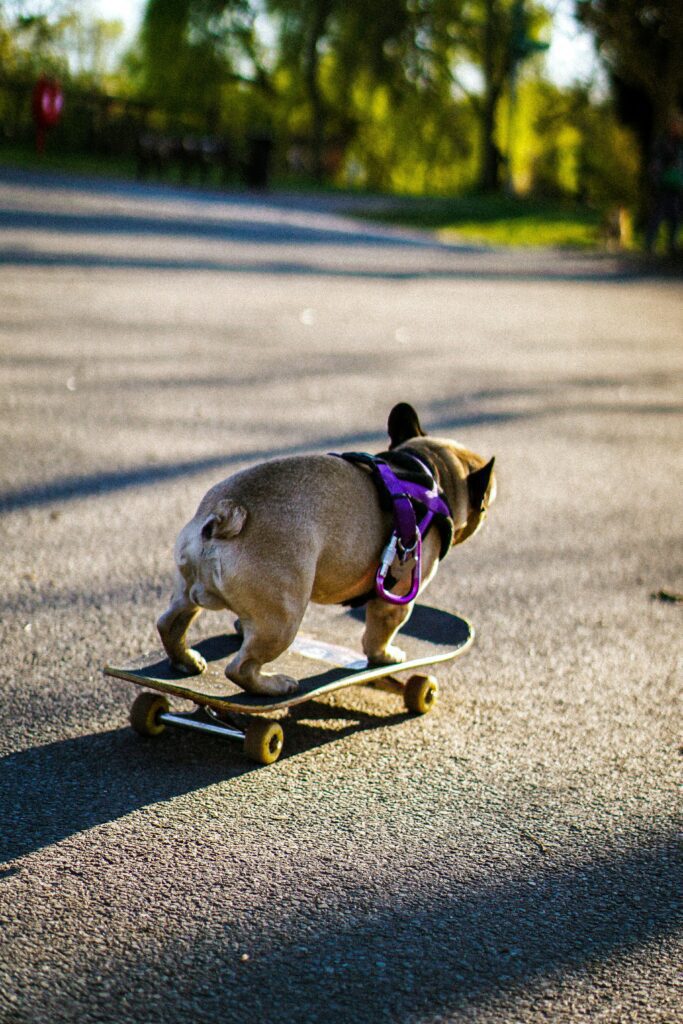Leash Up Your Dreams: Kickstart Your Journey for How to Become a Dog Walker
The Growing Popularity of Dog Walking as a Profession Dog walking has become increasingly popular as a profession in recent years. Many individuals recognize the opportunity to turn their love for animals into a fulfilling career. As pet ownership continues to rise, the need for reliable dog walkers has grown. Busy pet owners often seek help to ensure their furry friends receive the exercise and attention they need. This trend has opened doors for those who want to work with dogs and enjoy the outdoors while nurturing their passion. Benefits of Being a Dog Walker Becoming a dog walker offers numerous benefits that make it an attractive option for many. First, the flexibility of the schedule allows for a better work-life balance. You can choose your hours and manage your workload according to your lifestyle. Second, walking dogs provides a fantastic way to stay active and fit with dog walk exercise. Daily walks help dog walkers maintain a healthy lifestyle while enjoying the outdoors. Finally, the joy of spending time with dogs is unmatched. For animal lovers, this profession allows for daily interaction with various breeds, creating a fulfilling experience. What This Article Will Cover This article will guide you through the essential steps to how to become a dog walker. You’ll learn about the job requirements, how to determine your business model, and the supplies necessary for success. We’ll also discuss marketing strategies to attract clients and ways to protect your business. With this comprehensive overview, you’ll be well-equipped to leash up your dreams and embark on an exciting new career. Understanding the Basics of Dog Walking Essential Skills Needed To become a successful dog walker, there are several essential skills you’ll need to hone. First and foremost, strong communication skills are key. You’ll need to interact effectively with clients, understanding their needs and preferences for their dogs. This also includes being able to communicate any concerns or observations about their pets while you’re out on walks. Patience is another vital skill in your dog walking toolkit. Dogs can be unpredictable, and each dog has a unique temperament. Whether dealing with an energetic puppy or a timid senior dog, having patience helps you manage various situations calmly. It allows you to adapt and respond appropriately to the dog’s behavior, ensuring a positive walking experience for both you and the furry friend. Basic dog care knowledge cannot be overlooked. Understanding how to care for dogs will help you provide top-notch service. Familiarize yourself with basic dog health, nutrition, and first aid. Knowing these aspects ensures that you can handle things like hydration, treats, and any emergencies that may arise. Understanding Different Dog Breeds and Their Behaviors An essential part of being a dog walker is understanding the different breeds and their respective behaviors. Each breed has unique traits, energy levels, and social needs. For instance, a Labrador Retriever is known for its high energy and friendliness. In contrast, a Shih Tzu might be more laid-back and require different handling. This knowledge helps you tailor your approach based on the breed’s characteristics. Familiarity with various breeds also enables you to manage interactions with other dogs and people during walks. Recognizing signs of stress or aggression can prevent potential issues and keep every outing safe and enjoyable. Understanding personality traits related to specific breeds allows you to create a more personalized experience for your clients. Legal Considerations Before launching your dog walking career, it’s essential to consider the legal aspects. Obtaining the necessary licensing is a first step. This varies by location, so check local regulations to ensure compliance. Insurance is another critical consideration. Having liability insurance protects you from potential claims arising from accidents or injuries during walks. It provides peace of mind for both you and your clients, knowing that you are covered in case of unforeseen incidents. Additionally, you may need specific permits depending on the areas where you’ll be walking dogs. Parks and other public spaces sometimes require permits for commercial activities. Make sure to research local requirements to avoid any legal complications down the road. Setting Up Your Dog Walking Business Choosing a Name and Branding for Your Dog Walking Service Choosing a catchy name is the first step in setting up your dog walking business. A name that reflects your love for dogs and professionalism is essential. Think about names that can resonate with pet owners. You might consider using terms like “Paw”, “Fido”, or “Canine” to highlight the nature of your service. Branding goes beyond just a name. Design a logo that is memorable and conveys your services. Consider using colors that evoke trust and friendliness. Consistency in branding across all platforms helps create a professional image. This makes your service easily recognizable, which is crucial for attracting clients. How to Create a Business Plan A solid business plan is vital for your success. Start by listing the services you will offer. This could include dog walking, pet sitting, or even dog training. Next, think about your pricing strategy. Research what local competitors charge and adjust your prices accordingly. It’s important to find a balance between affordability and fair compensation for your work. Consider your target audience. Are you focusing on busy professionals, families, or seniors? Understanding your clients will help you tailor your services to meet their needs. Incorporate your findings into your business plan for clear guidance. Setting Up a Professional Online Presence In today’s digital age, having an online presence is crucial. Start by creating a clean and user-friendly website. Include essential information such as services offered, pricing, and your contact details. Don’t forget to add testimonials from satisfied clients to build trust. Social media is also a powerful tool for marketing. Set up accounts on platforms like Instagram and Facebook. Share photos of happy dogs, tips on dog care, and updates on your services. Engaging with your audience will help build a community around your business. Positive interactions can lead to referrals and new clients. Marketing Yourself as a Dog
Leash Up Your Dreams: Kickstart Your Journey for How to Become a Dog Walker Read More »

